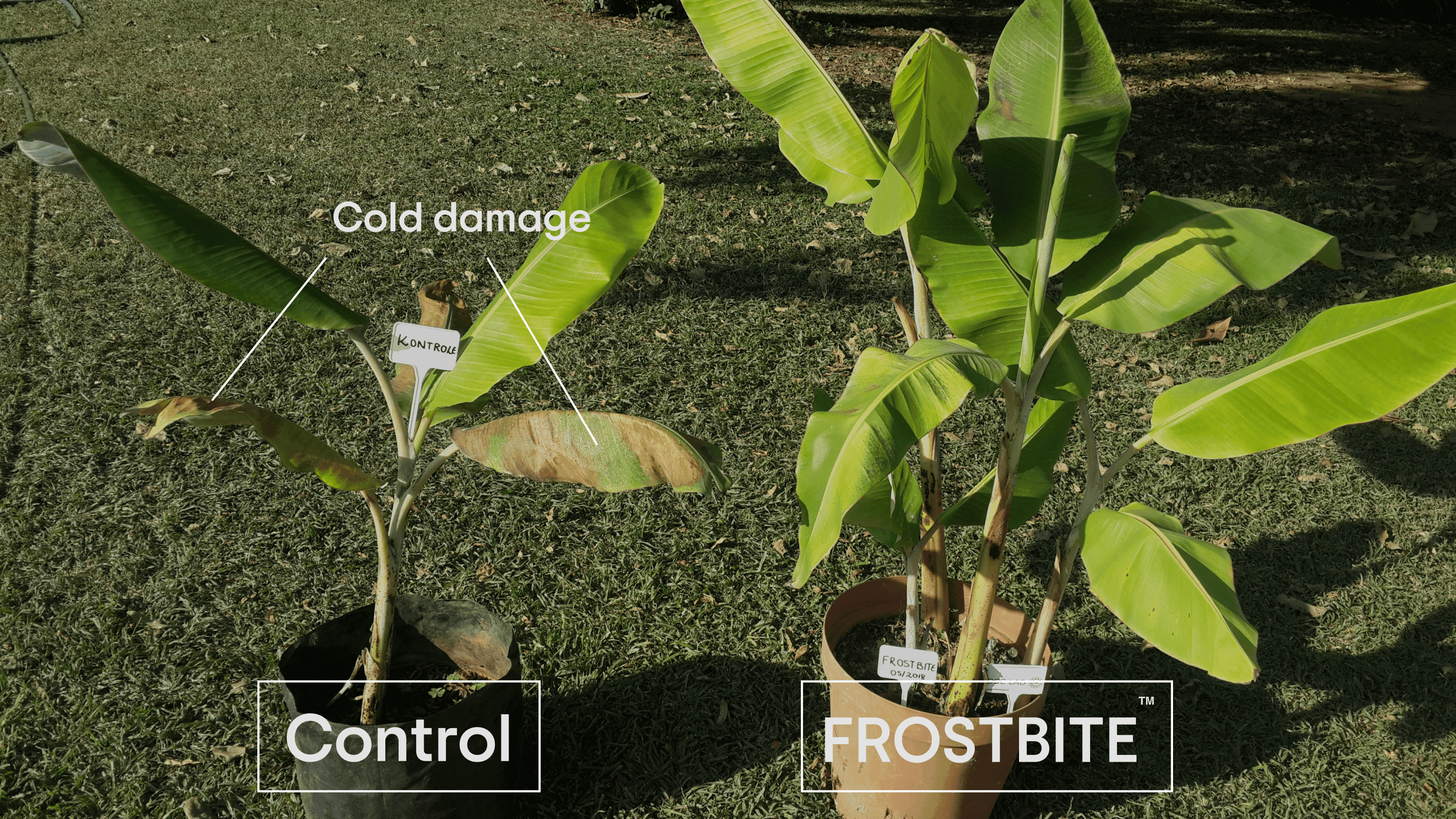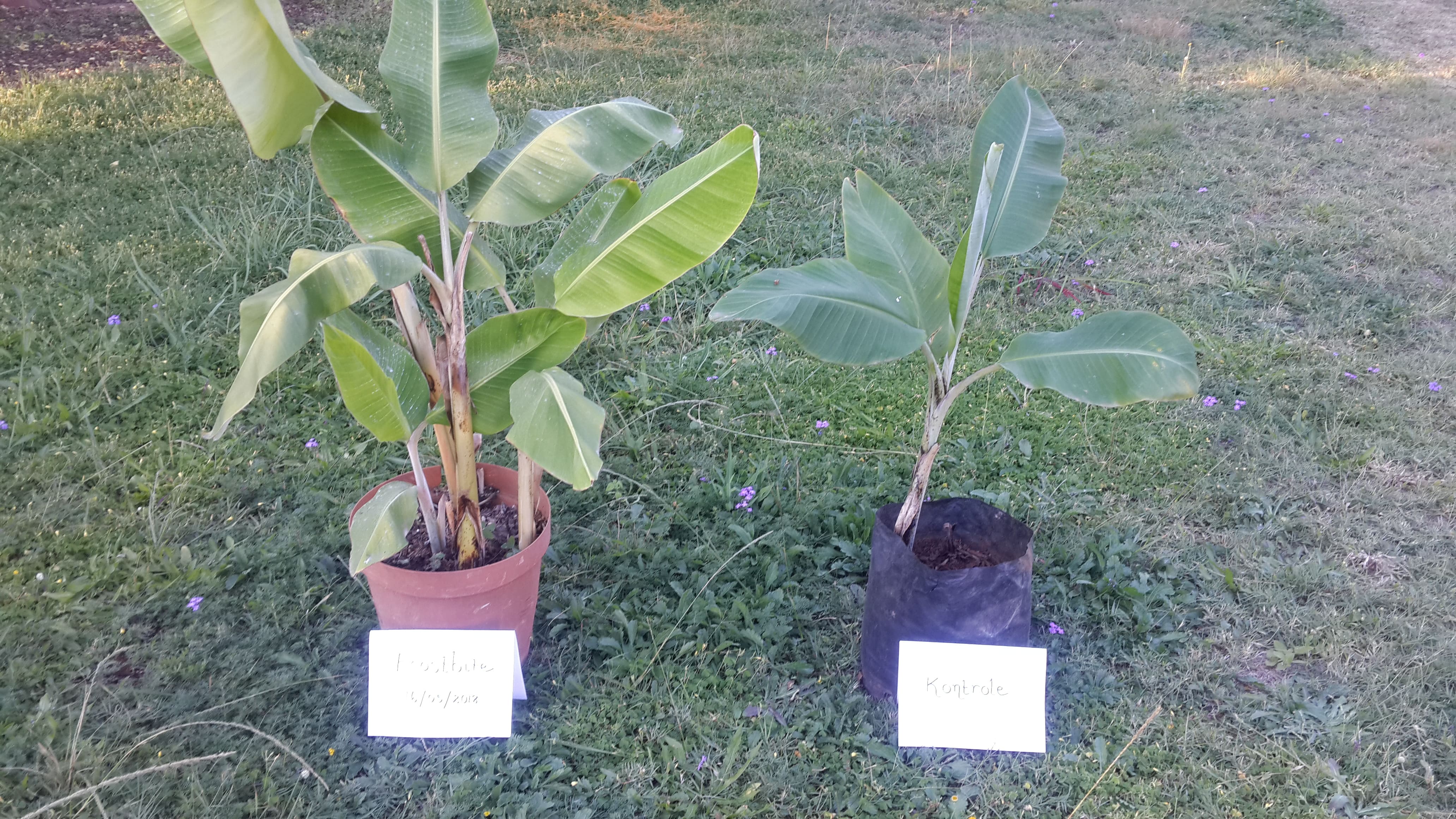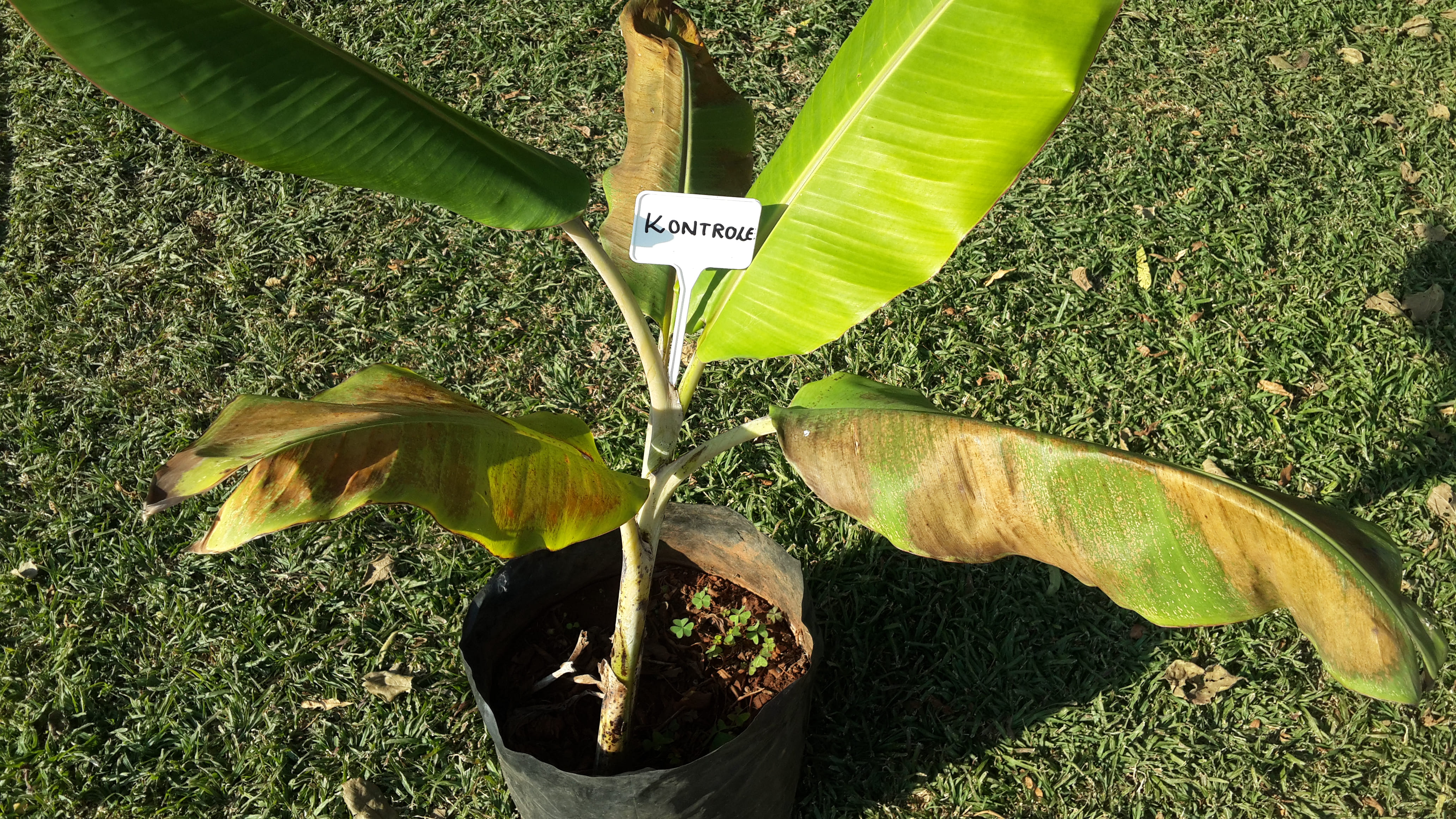Plant Conditioners
Plant Conditioners
Noun.
Noun.
A product used to improve the health or condition of a plant.
A product used to improve the health or condition of a plant.
(Pseudomonas fluorescens A506)
(Pseudomonas fluorescens A506)
Mode of action: Pseudomonas fluorescens A506 is a natural occurring ice nucleation negative bacterium that competes with ice nucleation positive (ice crystal forming) bacteria when applied to plants. Pseudomonas fluorescens A506 also produces a glycoprotein that acts as an anti-freeze substance. The anti-freeze protein binds with small ice crystals and prevents it from growing. The bacteria colonize the leaf surface and also penetrate through stomata to release the anti-freeze intercellular. This action will prevent or mitigate damage due to ice nucleation formation. Reference: Lindow, S. 2023. History of discovery and environmental role of ice nucleating bacteria. Phytopathology 113: 605-615. https://doi.org/10.1094/PHYTO-07-22-0256-IA
Mode of action: Pseudomonas fluorescens A506 is a natural occurring ice nucleation negative bacterium that competes with ice nucleation positive (ice crystal forming) bacteria when applied to plants. Pseudomonas fluorescens A506 also produces a glycoprotein that acts as an anti-freeze substance. The anti-freeze protein binds with small ice crystals and prevents it from growing. The bacteria colonize the leaf surface and also penetrate through stomata to release the anti-freeze intercellular. This action will prevent or mitigate damage due to ice nucleation formation. Reference: Lindow, S. 2023. History of discovery and environmental role of ice nucleating bacteria. Phytopathology 113: 605-615. https://doi.org/10.1094/PHYTO-07-22-0256-IA


Background: Cold and frost damage to plants is the result of ice crystal formation damaging the cytoplasm membranes and cell walls of leaves, flowers, and fruit. The cytoplasm leaks out, cells die off and fruit loses moisture. The cytoplasm of frost-hardy plants can supercool with the result that ice crystals do not form that readily. Frost-sensitive plants can normally not supercool lower than -2 to -5 ⁰C.
Background: Cold and frost damage to plants is the result of ice crystal formation damaging the cytoplasm membranes and cell walls of leaves, flowers, and fruit. The cytoplasm leaks out, cells die off and fruit loses moisture. The cytoplasm of frost-hardy plants can supercool with the result that ice crystals do not form that readily. Frost-sensitive plants can normally not supercool lower than -2 to -5 ⁰C.
Category: Plant conditioner
Category: Plant conditioner
Description: A bacterial plant conditioner for the reduction of cold and frost damage in plants.
Description: A bacterial plant conditioner for the reduction of cold and frost damage in plants.
What makes this product unique: This product is unique on the South African market due to the active ingredient and the nature of the product.
What makes this product unique: This product is unique on the South African market due to the active ingredient and the nature of the product.
Registration with DALRRD: To Be Registered.
Registration with DALRRD: To Be Registered.
Crops tested: Success has been achieved in trials on strawberries, pecan nuts, almonds, sunflowers, potatoes, tomatoes, and wheat.
Crops tested: Success has been achieved in trials on strawberries, pecan nuts, almonds, sunflowers, potatoes, tomatoes, and wheat.
Application: Frostbite has to be applied timeously, several days before frost is expected. This is in order for the bacteria to establish and start producing the anti-freeze protein. It should be applied with the onset of flowers and directly after flowering. Protection is normally rendered up to -3 ⁰C outside temperature. This product is not effective against black frost.
Application: Frostbite has to be applied timeously, several days before frost is expected. This is in order for the bacteria to establish and start producing the anti-freeze protein. It should be applied with the onset of flowers and directly after flowering. Protection is normally rendered up to -3 ⁰C outside temperature. This product is not effective against black frost.
Organic certification: CERES
Organic certification: CERES
Frostbite vs Control
Figure 1: Young banana trees after exposure to frost.
Minimum outside temperature recorded: -3 ⁰C.
Left: Control with brown, scorched leaves.
Right: FROSTBITE treated plant with no damage to leaves.
Figure 1: Young banana trees after exposure to frost.
Minimum outside temperature recorded: -3 ⁰C.
Left: Control with brown, scorched leaves.
Right: FROSTBITE treated plant with no damage to leaves.


Figure 2: Picture of both trees taken before frost season.
Figure 2: Picture of both trees taken before frost season.


Figure 3: Control plant after frost.
Figure 3: Control plant after frost.


Got questions?
Got questions?
P.O. Box 2015
P.O. Box 2015
P.O. Box 2015
Zwavelpoort 0036
Zwavelpoort 0036
Zwavelpoort 0036
Tel: (012) 802-0940
Tel: (012) 802-0940
Tel: (012) 802-0940
Email: admin@dsc-lab.co.za
Email: admin@dsc-lab.co.za
Email: admin@dsc-lab.co.za